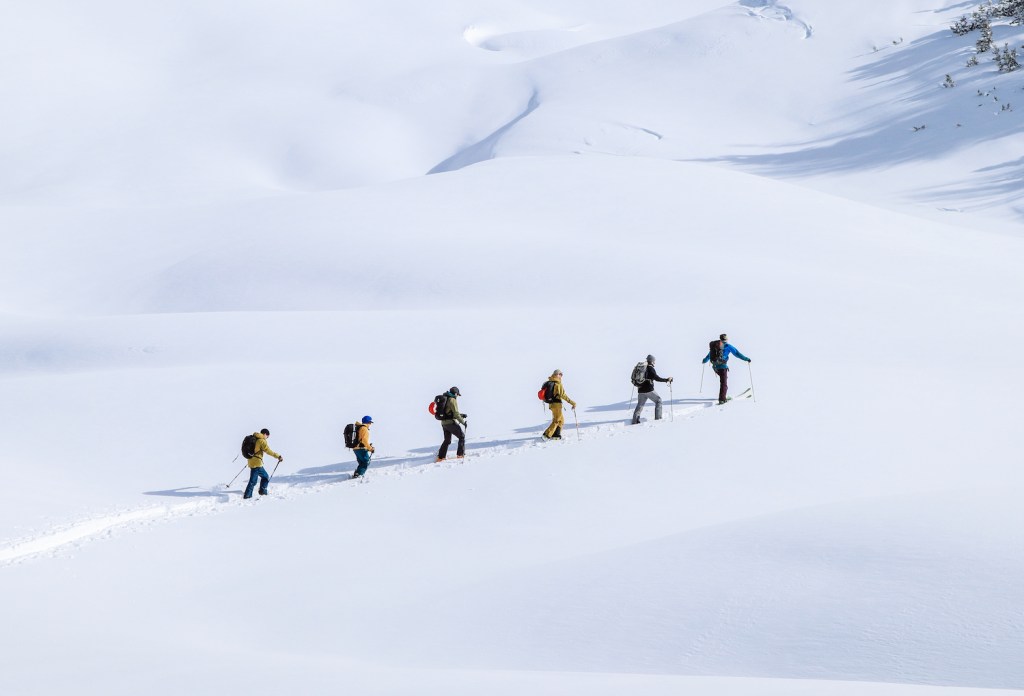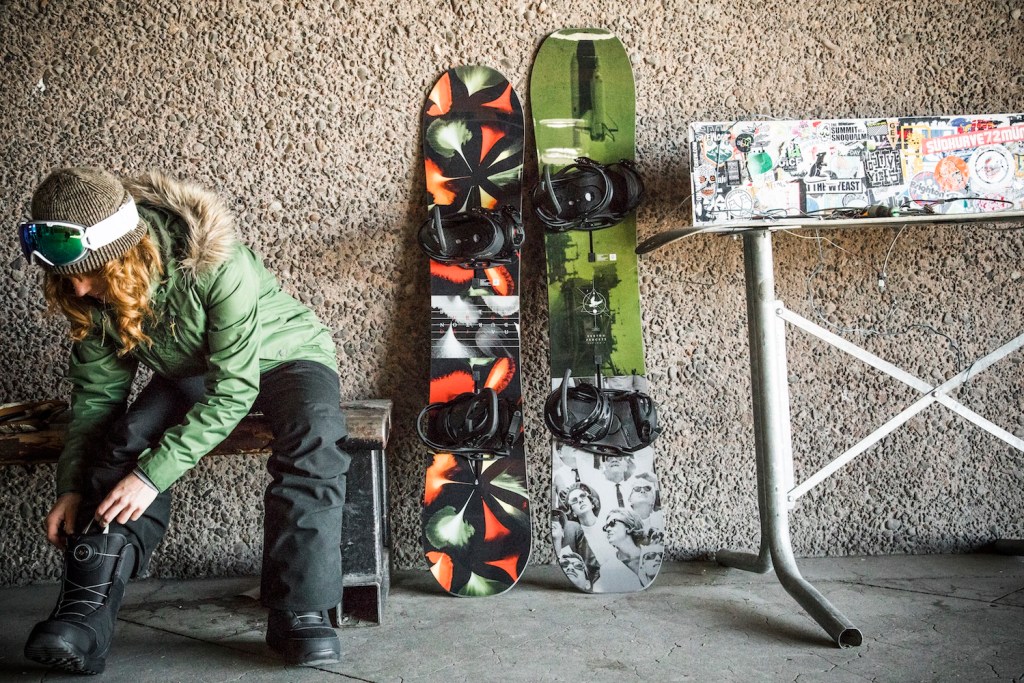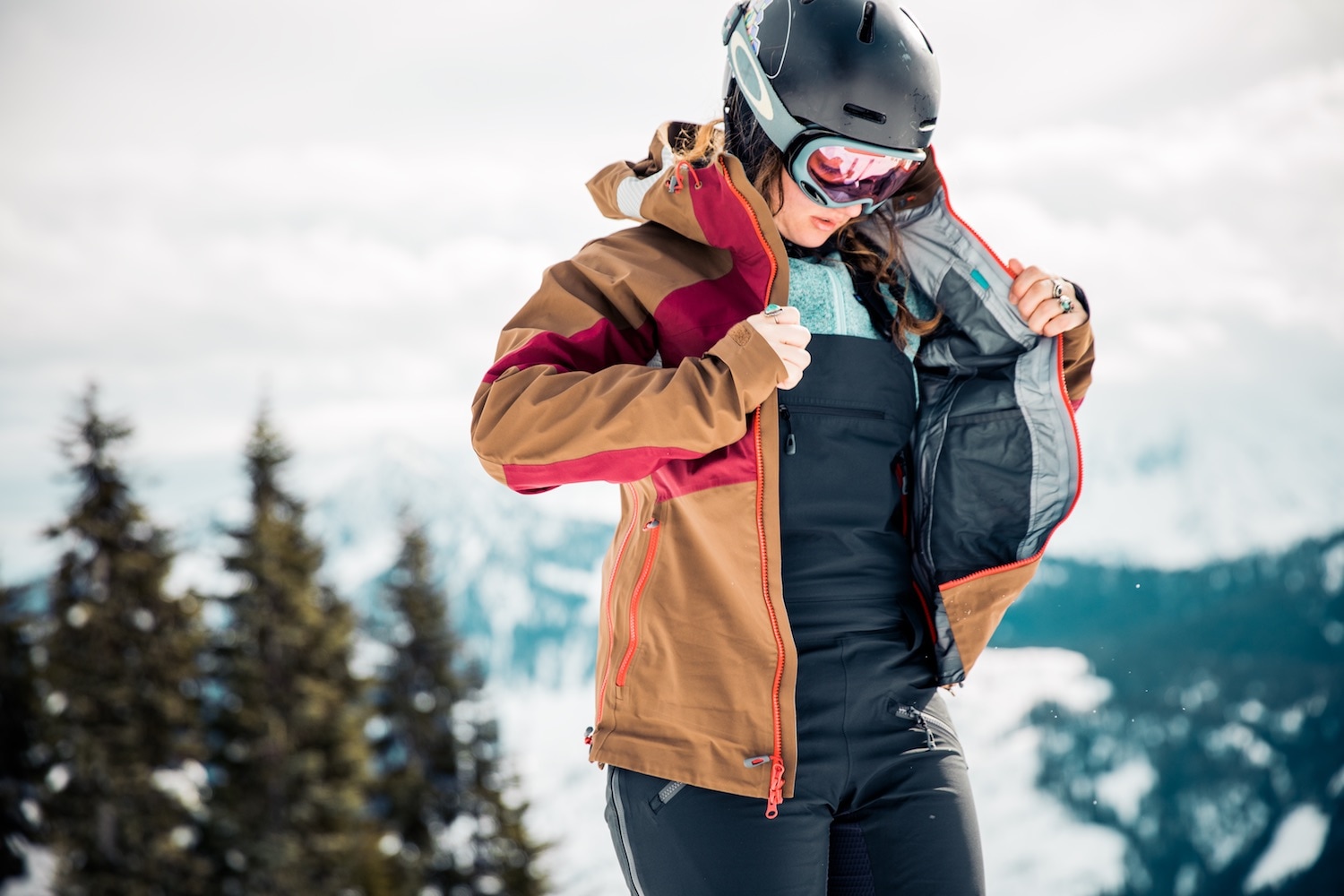Editor’s note: This article was originally published in March 22, 2019. It was updated on Oct. 16, 2019.
If you’ve gone skiing or snowboarding in 2019, chances are you’ve noticed that bibs are all the rage. If you’ve somehow failed to spot the swarm of bib-rocking skiers and snowboarders at your local hill, I’m here to let you know that suspenders are downright sizzling right now.
Don’t just take my word for it. According to Krista Hildebrand, REI’s senior category merchandising manager for action sports apparel, in February 2019, bib sales at REI were up 106 percent from last year and this year’s styles are 90 percent sold through.
Hildebrand says bibs come with many benefits. “If you are lucky enough to be in waist-high powder, you are more than protected by the higher fit of the bib style,” she said. “The design details have come a long way, especially on women’s styles to make on/off less of an issue, so you can get back on the slopes faster.”
In response to the overwhelming demand for bibs, manufacturers are expanding lineups and offering additional sizing options for next winter. This fall, REI has doubled its category investment in bib pants for women and men.
Why the spike? Is this a passing phase, a momentary mania or are bibs finally garnering the renown they deserve? I’m far from objective on this matter. Years of gear testing have turned me into a bib zealot. I firmly believe that the comfort, utility and style of bibs can’t be beat. Make the mistake of asking me if I like my bibs on the chairlift, and I’ll talk your ear off for the full ride up. I’m a card-carrying bib evangelist and proud of it.

The Flylow Firebird Bib has many uses. (Photo Courtesy of Flylow)
It’s not hard to find a champion of bibs these days. Chuck a snowball in the lift line and you’re bound to hit one. Dan Abrams, co-founder of Flylow Gear, is one such bib proponent, and you’ll likely see him sporting Flylow’s Smythe Bibs. “The benefits of bibs really come down to fit and protection,” Abrams said. “Having the extra material come up my back is key to staying warm. Also, not needing to cinch a belt around my waist feels great when moving around in the mountains.” Flylow has been crafting quality bibs since 2011, and when it comes to design, Abrams said, “You cannot just slap a bib top on some pants. You have to completely rethink the fit.” This fall, Flylow released the lightweight Siren Bib, the company’s third bib for women.
Strafe is debuting a new women’s bib called the Scarlett that features a halter-style top around the neck for easy on/off. “The Scarlett bibs are a revolution for female outerwear,” said pro skier Nat Segal, who tested the Scarlett bibs last winter. “In the past I have found it hard to find bib pants that fit my body type and are also flattering and functional. The Scarlett bibs are all of these things. The halter neck is comfortable and useful and the eVent shell has the perfect amount of stretch for ski touring, riding hard and après-dance-floor shenanigans.”

A crew from Mountain Hardwear tests out bib pants in the backcountry. (Photo Credit: Kylie Fly)
Paxton Madison, creative director at Mountain Hardwear, is similarly sold on bibs. “For me, it’s the freedom of movement,” Madison said. “Your waist is one of those places where multiple layers stack up in the exact same place, and it can feel bulky and a little restrictive. Wearing a bib removes the bulk and compression of the waistband and puts all the weight on your shoulders.”
Pockets play a pivotal role for Paxton, too. “The additional storage that most bibs have on the chest panel is really convenient, essentially giving you internal chest pockets regardless of the layering piece you are wearing,” he said. Mountain Hardwear recently released the two-layer, insulated GORE-TEX® Boundary Line Bib for women.
Looking for more bib inspo? Outdoor Research’s award-winning Hemispheres are a dream (available in women’s and men’s). Burton’s Avalon Bibs for women are a top choice for those looking for a more affordable alternative (available in short and tall sizes). And Flylow Foxy Bib for women is a crowd favorite.

Burton’s Avalon Bib pants have been a crowd favorite this winter.
As far as why bibs are all the rage at the moment, Paxton and Abrams share a hypothesis. “Bibs have a certain toughness associated with them since they have their origins as protective workwear,” said Paxton. “Modern ski and snowboard bibs typically tap into those roots and have a utility-driven aesthetic that a lot of people find appealing.”
Added Abrams: “Bibs are the classic form of work pants. From a fashion standpoint, they are ‘heritage’ and that is trending these days.”
